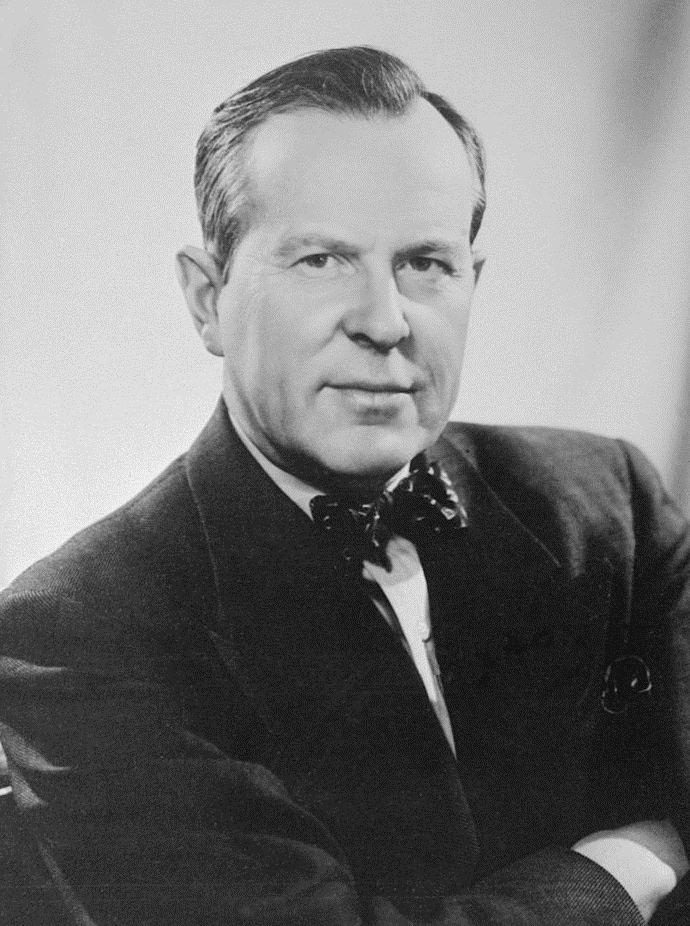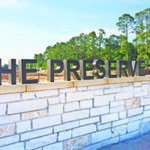The North Atlantic Treaty Organization, more familiarly NATO, has commanded our attention since February when Russia launched an unprovoked attack on its neighbor. Though analysts predicted that Ukraine would collapse in a matter of days, that nation’s military, showing uncommon heroism and military skill, has staved off the aggressors, to the point that some feel Russia may ultimately call off its “special operation.” Russian leadership underestimated the staunchness of the NATO alliance; the thinking in Moscow apparently was that a move against Ukraine would expose NATO’s inherent wobbliness when confronted with a real-life military test and that discord among Western allies would inevitably ensue. Russia’s belligerence, though, produced precisely the opposite effect. Over the past year, armaments have flowed generously to Ukraine from a newly cohesive NATO membership, while two traditionally neutral countries, Finland and Sweden, fearing a fate similar to Ukraine’s, formally applied to join the alliance. NATO seems now more vital – and needed – than ever.
In other news, laborers in Laureate Park South recently finished paving Pearson Avenue, a thoroughfare to connect that new neighborhood to our larger Lake Nona community. Pearson Avenue and war in Ukraine: two unrelated events, you must be thinking, until you discover that Lester Bowles Pearson, later to become one of Canada’s most popular and accomplished prime ministers, was a central driving force behind the creation of NATO in the late 1940s. In the following decade, after courteously declining to serve as NATO Secretary General, Pearson was chosen to serve on a committee of “three wise men” who designed comprehensive plans to strengthen the alliance. For Pearson, a man possessed of one of the most impressive resumes of all time, this difficult work to form NATO was just one more success in a long string of triumphs attained during an unparalleled diplomatic and political career.

Lester Pearson was born in 1897 in the environs of Toronto. From his youth, he excelled in an astonishingly wide range of sports – hockey, lacrosse, baseball, rugby and basketball – as well as academics. At age 16, Pearson enrolled at the University of Toronto. The advent of World War I in 1914 interrupted his college career, however, as he volunteered for service in Canada’s armed forces, spending two years as a stretcher bearer in Greece and a year as a pilot in the British Flying Corps. There, Pearson acquired the moniker “Mike” when one of his flight instructors frowned upon his insufficiently warriorlike first name. A bus accident during a blackout in London curtailed Pearson’s involvement in the war, and he was invalided home, emotionally and physically spent.
In Toronto, Pearson finished his B.A. degree, then worked briefly in a Chicago meat packing company where his uncle was highly placed. But that industry held little appeal for the future diplomat. Luck came his way in 1921 when he gained a scholarship to study history at Oxford University, where he spent what he later described as two of the happiest years of his life. In the early decades of the 20th century, Canada was tied closely, culturally and politically, to Great Britain, and Pearson, though thoroughly Canadian, also thought of himself an ardent Anglophile. His affection for the mother country would have a major influence on his professional career but later cause political tensions, as Canada sought to assert an increasingly independent foreign policy. Those competing emotions, though, still lay ahead. In 1923, armed with an Oxford degree, Pearson returned home to assume a professorship in history at his alma mater, and soon after married his lifelong soulmate, the outspoken Maryon Moody, and started raising a family.
Up to 1927, Canada had no foreign service; Great Britain handled the Dominion’s international relations. That year, the Canadian government held examinations to recruit officers for its newly formed diplomatic corps. Pearson’s exemplary test scores and overall aptitude caught the attention of Canada’s prime minister, R. B. Bennett, who named the newly minted first secretary to royal commissions tasked to study grain futures and price spreads. Pearson’s performance in these assignments won him an OBE (Order of the British Empire) in 1934, which in turn led to a choice posting at the High Commission of Canada to the United Kingdom. (Within the British Commonwealth, a “High Commission” is the equivalent of an embassy, a term reserved for the diplomatic missions of Commonwealth countries.)
From this initially humble appointment, Pearson’s career abruptly shot upward. Suddenly, he seemed to be everywhere, ever at the center of action, rubbing shoulders with the most powerful political figures of the day and shaping the contours of international organizations. After surviving the 1940-41 Blitz over London as second in command at Canada House, Pearson was reassigned to Canada’s embassy in Washington in 1942, in the thick of World War II, first as minister-counselor, then as ambassador. In Washington, he joined the efforts to create an array of international organizations designed to provide political and economic stability for a world weary of war. In this role, he attended the 1944 Dumbarton Oaks conference that produced the draft of the Charter of the United Nations and, the following spring, the founding meeting of that organization in San Francisco. Later, in 1945, he chaired the conference in Quebec where the Food and Agriculture Organization, a major UN specialized agency, was formed. (Pearson politely declined an offer to serve as Director General of that organization.)
In 1948, Prime Minister Mackenzie King appointed Pearson to his cabinet as minister of external relations, a job he held until 1957 when the Liberal Party was swept from power in Ottawa. During that decade as Canada’s top diplomat, Pearson’s achievements became the stuff of legend. In addition to his work to found and fortify NATO, Pearson drafted the compromise that allowed India to remain in the British Commonwealth after that country declared itself a republic in 1948, a decision that both modernized and preserved that organization; made major contributions at the 1950 conference that conceived the Colombo Plan, where wealthy advanced countries, for the first time, established a formal structure to provide technical assistance to developing countries; and served as president of the UN General Assembly in 1952-53. A veto by the Soviet Union in 1953 blocked Pearson’s hopes for election as UN Secretary-General. The iconic Dag Hammarskjöld won that honor in his stead.
For his work in resolving the 1956 Suez Crisis, Pearson was awarded the Nobel Peace Prize the following year. The details are complicated, but events began when Egyptian president Abdel Nasser nationalized the Suez Canal, which Britain and France considered to be their property and sent troops to Egypt, in coordination with Israel, to assert sovereignty over the canal (and for Israel, passage through the Straits of Tiran). Though both the United States and the Soviet Union opposed these military incursions into Egyptian territory, there were serious concerns that the two superpowers might be drawn into war with one another. Employing nimble diplomacy at the UN in New York, Dag Hammarskjöld and Pearson obtained the General Assembly’s approval to create the United Nations Emergency Force, the UN’s first formal military body, and a cease-fire resolution. The presence of UN troops in Egypt, plus international diplomatic pressure, secured a peaceful resolution to the crisis.
Historians speculate that Pearson’s decision to oppose Britain’s foray into Egypt during the Suez Crisis may have lost the Liberal Party its majority in Parliament in the general elections of 1958. Power passed to the Conservative Party under the leadership of a new prime minister, John Diefenbaker, who disliked Canada’s growing independence from British foreign policy, and over the next decade acted as Pearson’s foil. By now, Pearson had become the leader of the Liberal Party, and after several losses in general elections over the next several years, the Liberal Party won the majority in 1963, making Pearson the 14th prime minister of Canada. The diplomat who had seemingly reached the pinnacle of his career years earlier as a Nobel laureate still had more work to do. During his administration, Canada adopted universal health care, the Canada Pension Plan, the Canada Student Loans program, a higher minimum wage, and a 40-hour work week. Significantly, though Pearson spoke no French, he promoted a policy of bilingualism, and set the stage, shortly after his retirement in 1968, for the adoption of French as an official language of Canada.
By this point, you might be wondering why Lester Pearson should be called the emblematic Canadian. Pearson’s personality, we are convinced, reflected perhaps the best traits of our northern neighbors. Traits such as tolerance, generosity, openness, courtesy and humility. For Lester Pearson, we would have to add competence, patience, empathy, vision and an enduring sense of humor. Significantly, Pearson’s biography tracks the arc of Canada’s evolution from a land largely dependent, culturally and politically, on Great Britain to a proudly independent, peaceful and prosperous nation making its own way in global affairs.
But Pearson’s most visible and popular legacy is, in fact, an emblem: the red and white maple leaf flag of Canada. Hard to believe today, but that banner, now so closely associated with Canada, faced fierce opposition when first proposed in the early 1960s under Pearson’s watch. But Pearson persevered, and the maple leaf flag, no longer burdened with the Union Jack, delivered a strong symbol serving to unite Canada. A fitting capstone to the career of a brilliant diplomat who contributed so much, not only to his native land, but to the world at large.
(Incidentally, Canadians are lucky to know about the origin of their nation’s flag. In this regard, we Americans are not so fortunate. Here’s a question for all you devoted patriots out there: Who designed our national flag, the stars and stripes? No, not Betsy Ross or, for that matter, George Washington. See the correct answer below.)
The author wishes to thank his former Department of State colleague, retired U.S. diplomat Roger Moran, for his help in producing this article. So who designed the U.S. flag? Francis Hopkinson, signer of the Declaration of Independence and chairman of the Navy Board. The Second Continental Congress approved Hopkinson’s flag design in 1777.


